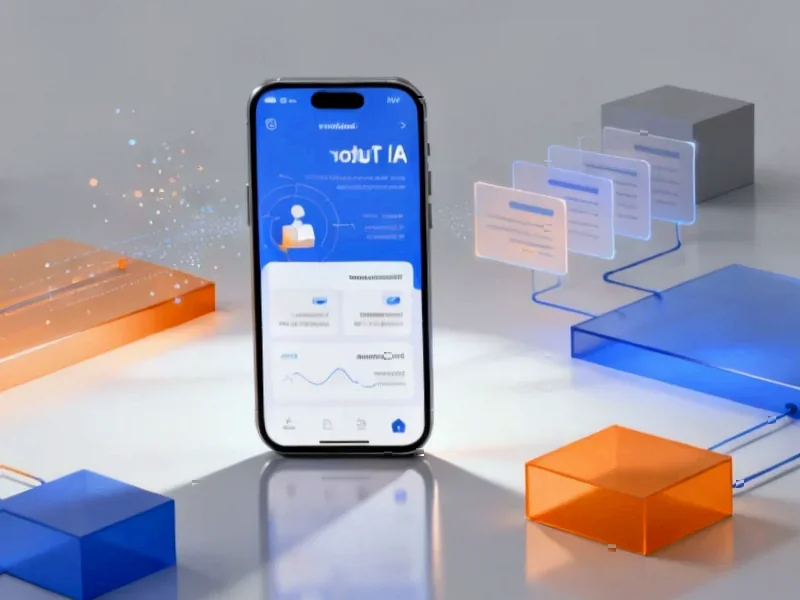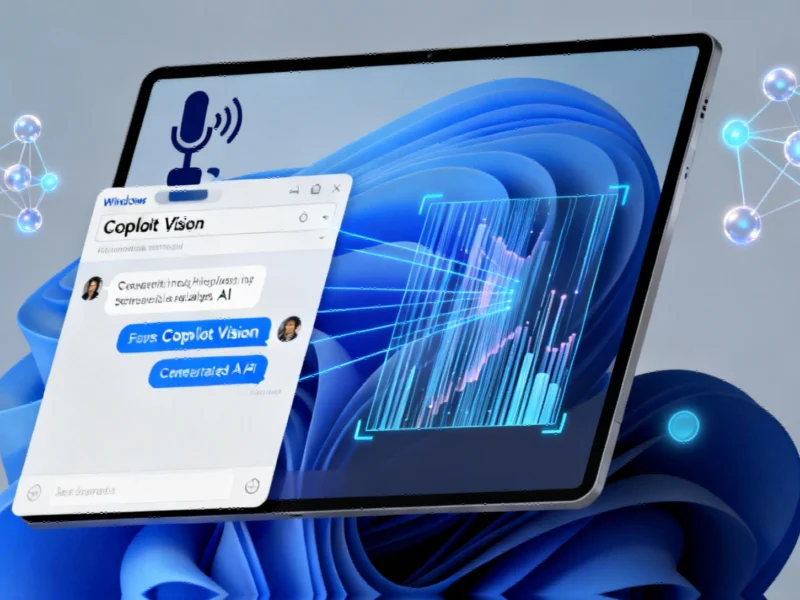According to AppleInsider, Apple CEO Tim Cook stated in an MSNBC interview that the company’s Apple Intelligence-enhanced Siri is now on track for a 2026 rollout, marking a significant delay from its original 2024 announcement timeline. The enhanced Siri was prominently featured at both WWDC 2024 and that year’s September iPhone event but has failed to launch more than a year later due to performance issues. Development challenges included the AI assistant only working properly approximately two-thirds of the time, leading to internal blame-shifting and corporate reshuffling within Apple’s AI division. This timeline suggests Apple may have finally resolved fundamental technical hurdles that have plagued its artificial intelligence ambitions. The confirmation comes after Apple had stopped providing specific deadlines for its delayed AI features.
Table of Contents
The Technical Hurdles Behind Apple’s AI Delay
The reported 66% success rate for the enhanced Siri reveals fundamental challenges in Apple’s approach to artificial intelligence. Unlike competitors who often release minimum viable products and iterate, Apple’s brand reputation demands near-perfect performance out of the gate. The complexity of creating an AI assistant that can handle personal context, device control, and third-party app integration simultaneously represents a monumental engineering challenge. Apple’s privacy-first approach, while commendable, adds another layer of complexity by requiring more on-device processing rather than relying on cloud-based solutions that competitors can leverage more easily.
Apple’s Position in the AI Arms Race
By pushing Siri’s AI enhancements to 2026, Apple risks falling dangerously behind in what has become the most competitive space in technology. Google Assistant and Amazon’s Alexa have been iterating on their AI capabilities for years, while newer entrants like ChatGPT and Microsoft’s Copilot are setting user expectations for what AI assistants should be capable of. The two-year delay means Apple will be playing catch-up in a market where competitors will have had multiple generations of improvement and user feedback. More concerning is that Apple’s traditional strength in ecosystem integration may be undermined if users develop habits and workflows around competing AI platforms that work across multiple devices and services.
Broader Implications for Apple’s AI Strategy
This delay reflects deeper strategic challenges in Apple’s approach to artificial intelligence. The company’s notorious secrecy and closed development culture may be hindering its ability to rapidly iterate and improve AI models. Unlike open ecosystems where developers can contribute to improvement, Apple’s walled garden approach means they bear the entire burden of development and testing. Additionally, Apple’s historical strength in hardware-software integration may be less of an advantage in the AI era, where cloud computing power and data scale often trump device optimization. The corporate reshuffling mentioned suggests internal recognition that their current approach isn’t working, but organizational changes take time to yield results.
What 2026 Really Means for Consumers and Investors
The vague “2026” timeline itself is telling—it suggests Apple is giving itself a wide window to account for potential further delays. For consumers, this means the much-hyped “new Siri” demonstrated over a year ago won’t arrive until the iPhone 18 or later generation devices. For investors, it raises questions about whether Apple can maintain its premium pricing if its AI capabilities lag significantly behind competitors. The delay also creates an opening for third-party AI apps to become entrenched on iOS devices, potentially reducing Apple’s control over the user experience. If Apple cannot deliver a truly differentiated AI experience by 2026, it may face the first serious challenge to its ecosystem lock-in strategy in over a decade.



